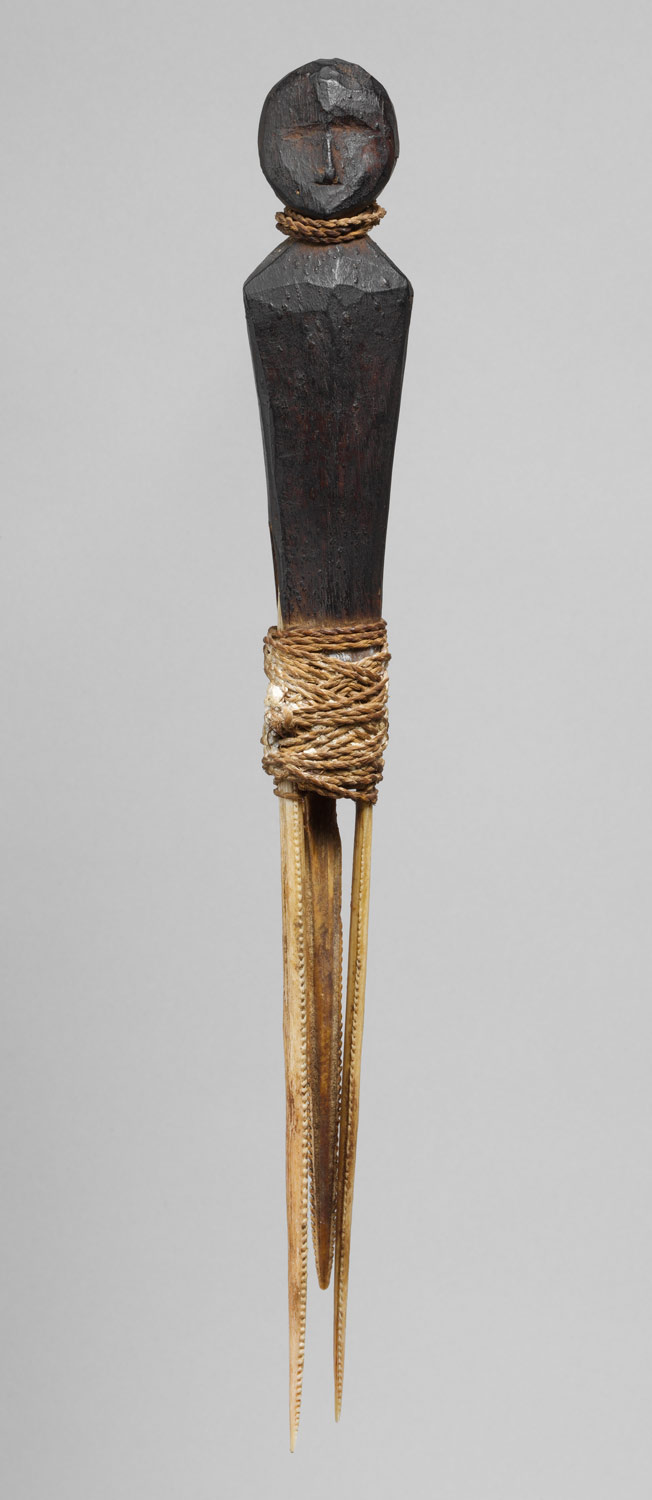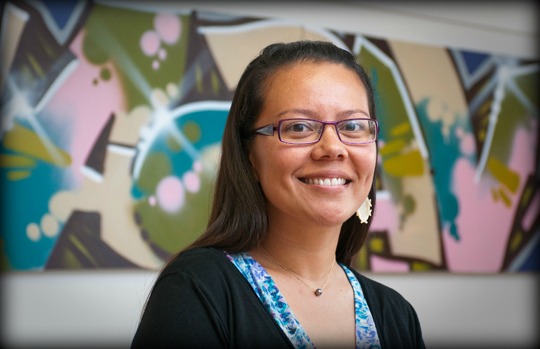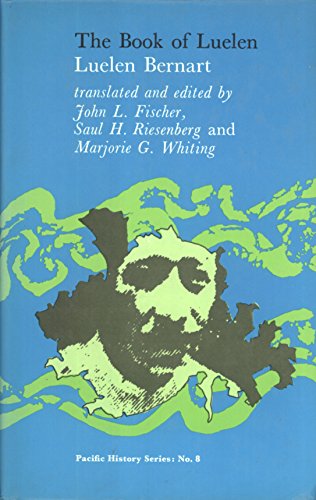As far as the
culture of the Federated States of Micronesia goes, there are many similarities between the
Micronesians and many of their neighbors in this remote corner of the world. It
seems that certain arts are generally divided between the men and the women.
The men are quite skilled at carving, and Micronesian carving art is a broad
art form that encompasses many items. Woodcarving is by far the most common,
but I think shell and stone carving are also present as well. Some items are
small, like figurines, bowls, and canoe ornaments, but other items can be quite
large like ceremonial houses. Women, on the other hand, tend to dominate
textiles and jewelry such as headbands, necklaces, and bracelets. Micronesians
are incredibly resourceful people. The materials they utilize for their art
pretty much comes from what they readily have available to them naturally.
One particular art
form I came across is weather charms called hos
from the island of Yap. These charms protected people against bad storms. It’s
believed that the charms are tied to the god of water spirits, Yalulawei. So,
whenever a group of people head out for a voyage, they would chant to Yalulawei
in hopes of calm seas.
 |
| Hos from Yap |
Once their culture
came in contact with the Europeans and the Japanese, it changed, as it
naturally would. Some art forms continued with some outside cultural influences
(like weaving and some architectural aspects), but others stopped being created
altogether (certain sculpting arts). Once Micronesia gained its independence,
an interest in their cultural arts surged, and people began teaching these arts
again. It’s a good thing there was an artistic revival because once its gone,
and there are no more elderly to teach the skills and techniques, even art can suffer
the dire threat of becoming extinct. It’s an important aspect of your cultural
identity, no matter what that cultural identity is.
Today, there is
also a small number of artists who are skilled in contemporary arts as well.
Although I’ve seen several mentions of contemporary artists hailing from
Micronesia, I have not come across any particular person’s name. So, I’m
thinking that these artists are only known locally and have not made it onto
the international scene. Perhaps someone should fly me to Micronesia so I can
write articles on their art so their names can be published. (Hint, hint…)
Unfortunately,
there just hasn’t been that much literature written and published by
Micronesian authors either. In 2008, Emelihter Kihleng, was one of the first
Micronesians to publish a collection of poetry in the English language. She
joined a professor from the University of Guam in the large project of creating
a compilation of literature from the Micronesian islands. The literature from
other island groups (notably Melanesia and Polynesia) is far more familiar, but
not much of the works and stories from Micronesia have been published. Thankfully to their hard work, there is now.
Another notable
writer from Pohnpei is the historian Luelen Bernart. He’s not only Pohnpei’s
first historian but the first person to publish a book there as well. When he
was born, the Spanish still occupied the islands, and he died just after the
end of WWII. You can imagine the changes he’s seen. He is the author of The Book of Luelen, originally written
in Pohnpeian and also translated into English. I think it would be interesting
to read. I did find out that it’s out of print, but there’s some more
information on the book here.
Up next: music and
dance




No comments:
Post a Comment